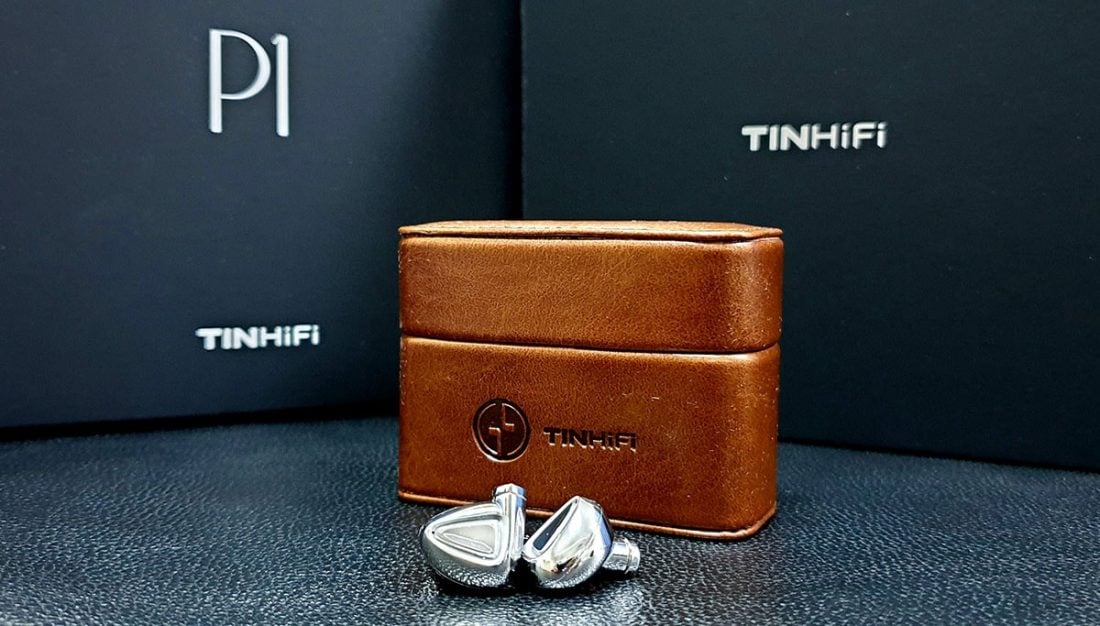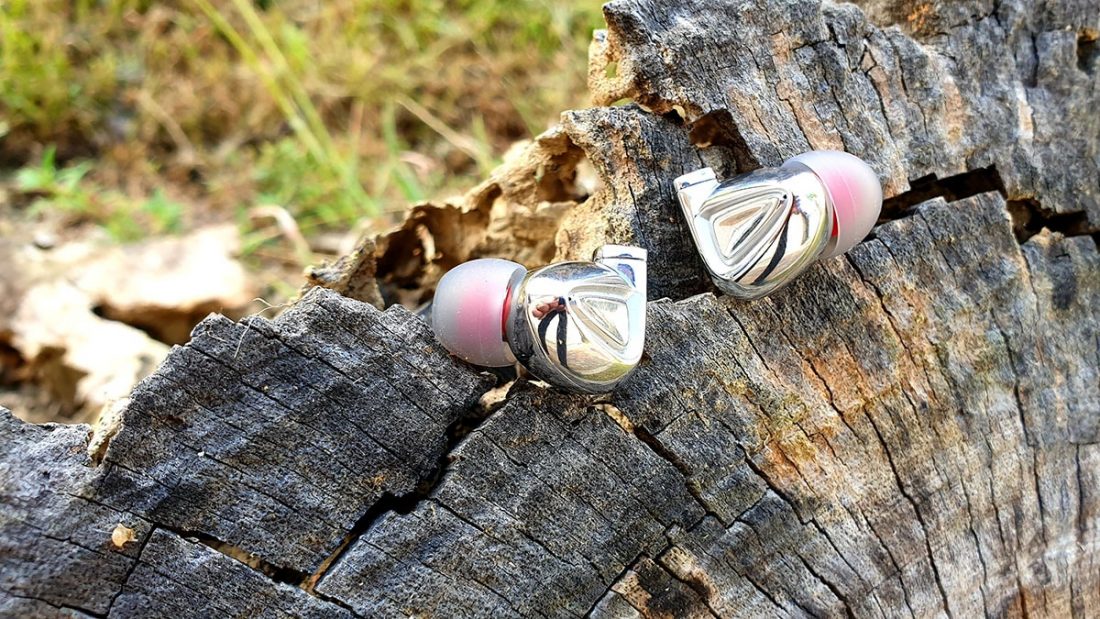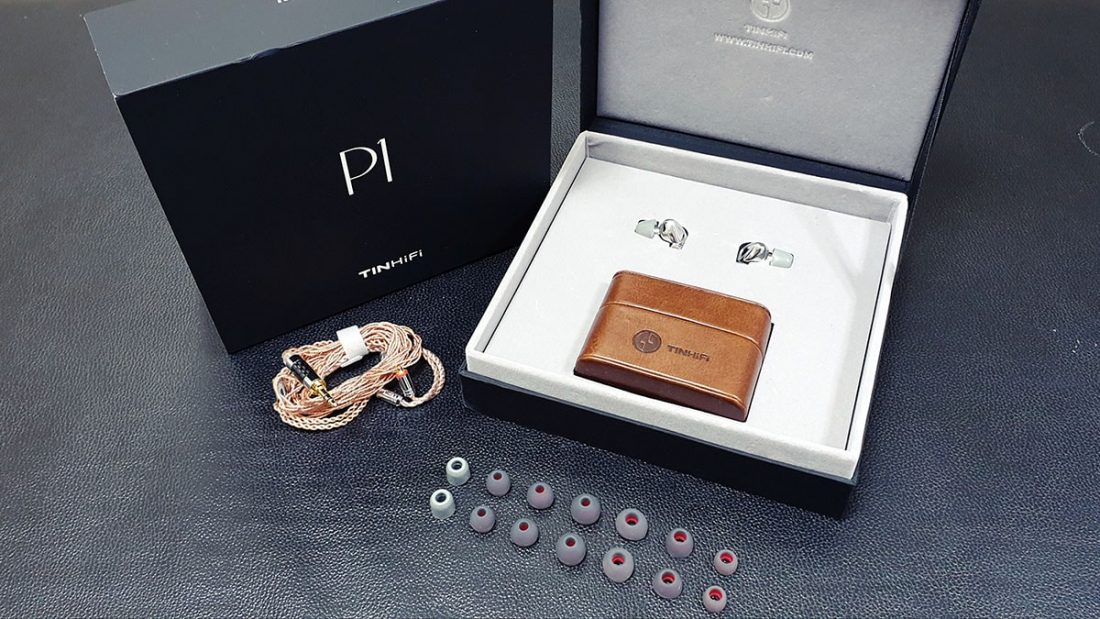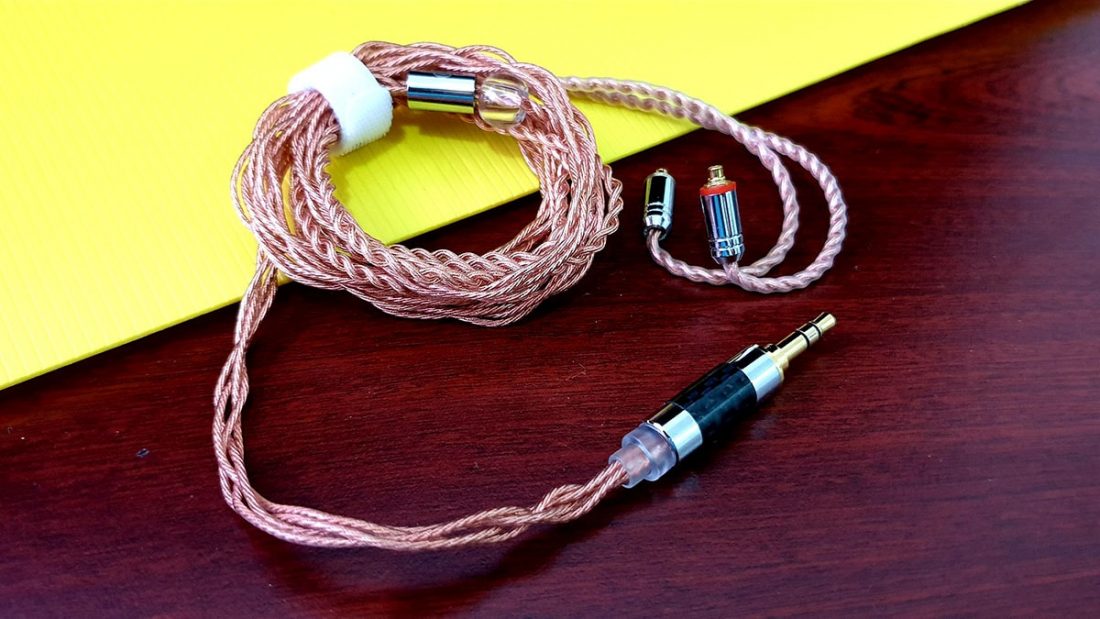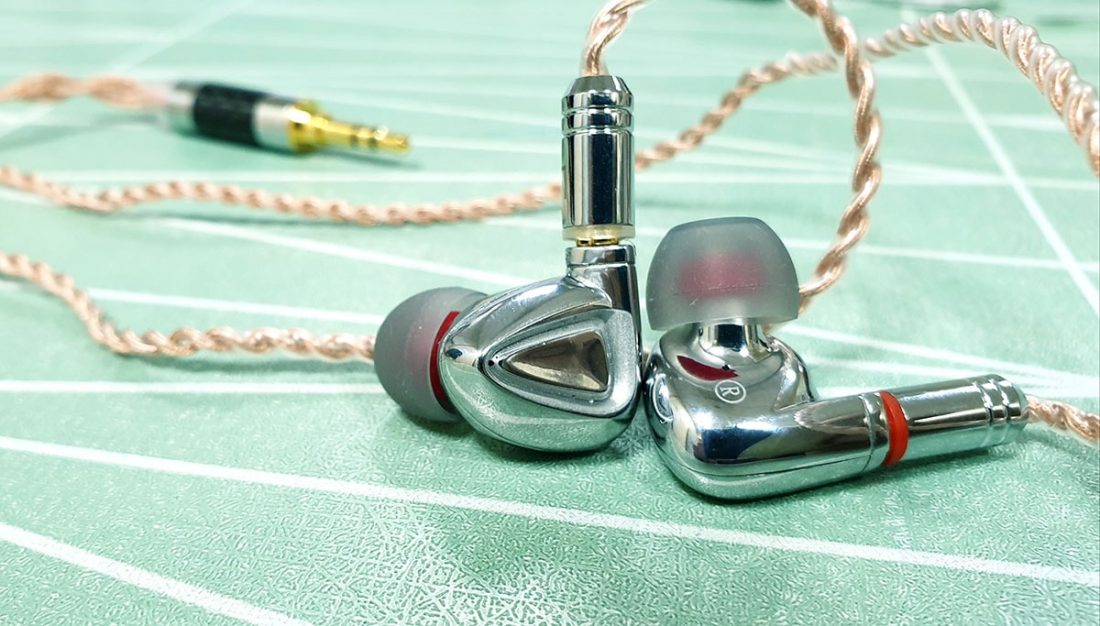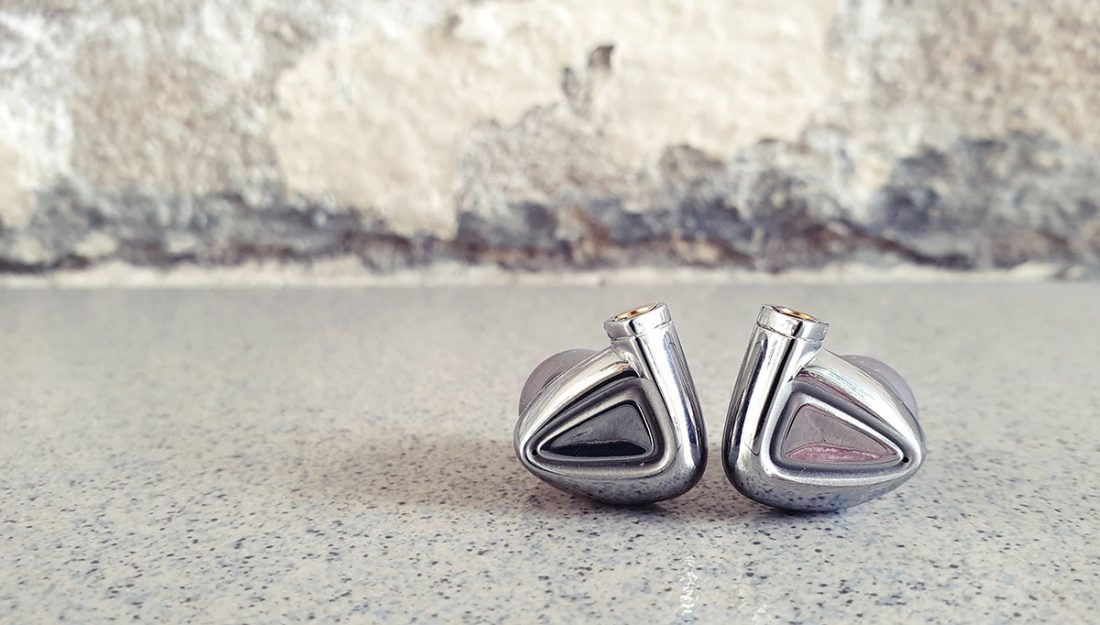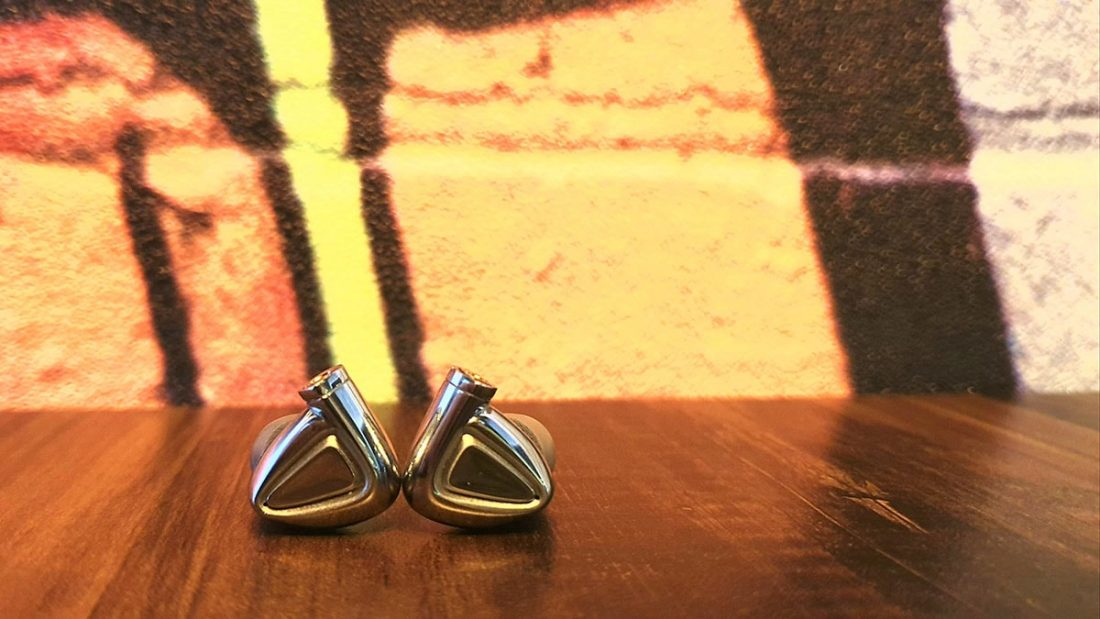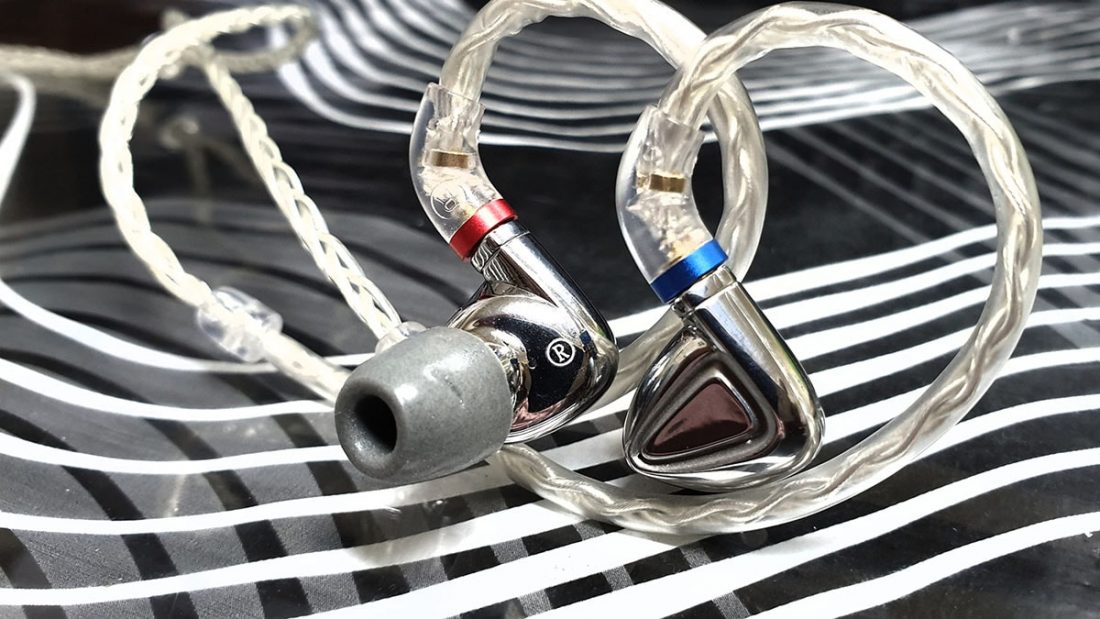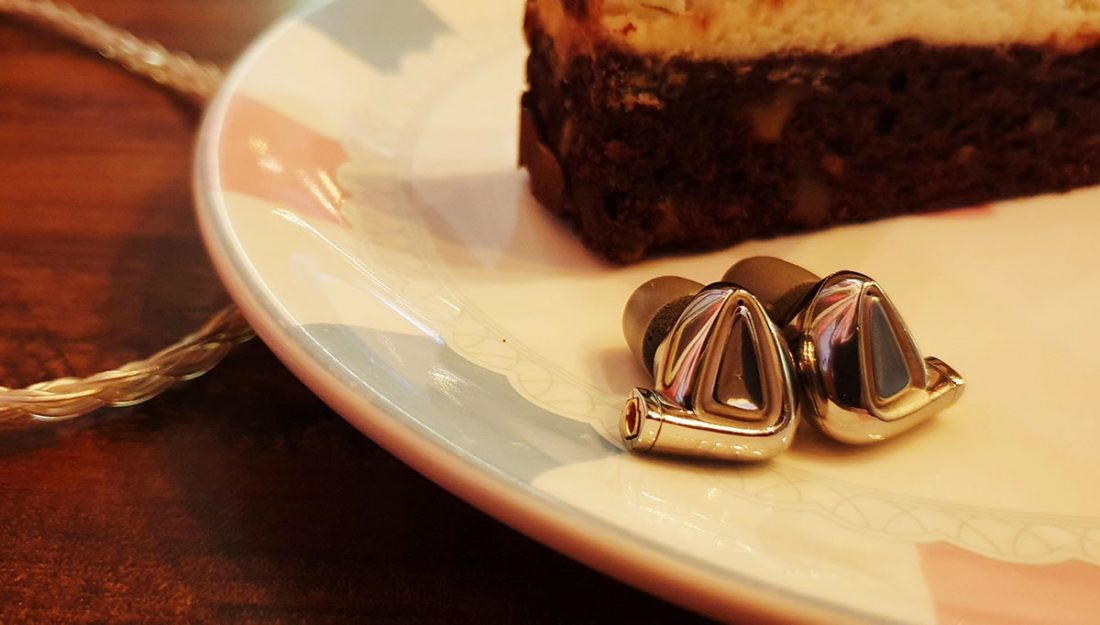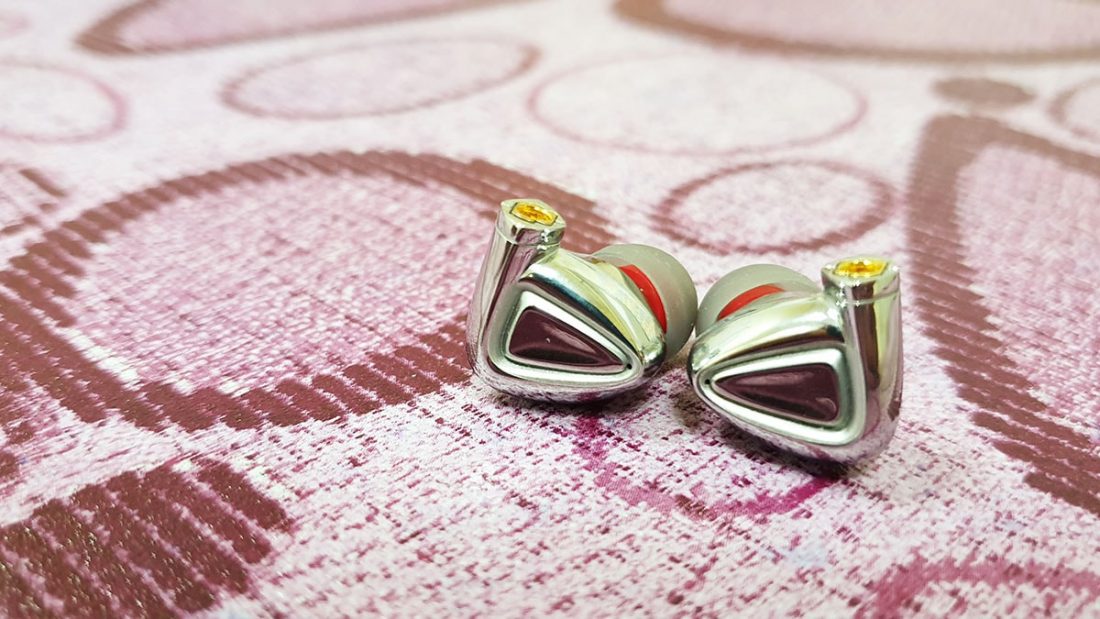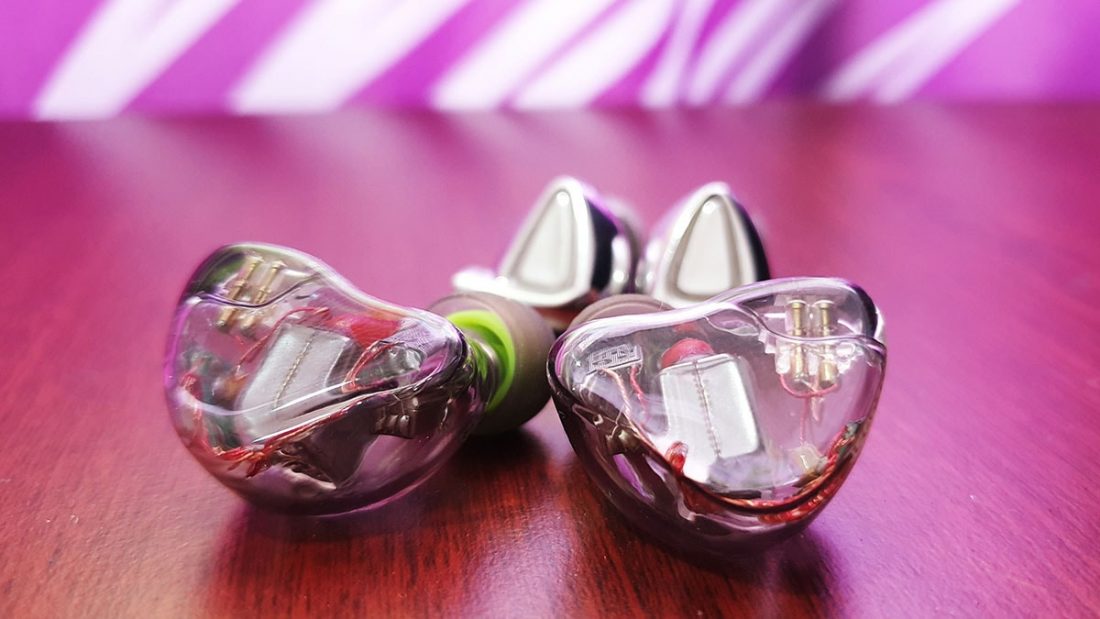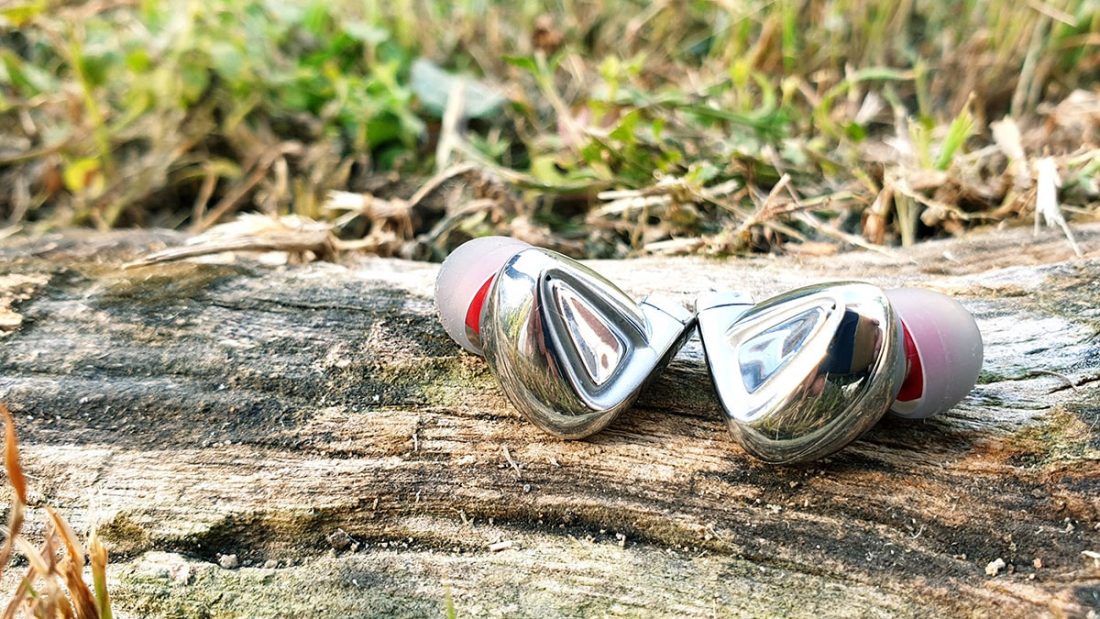My college professor once said, a small error is a mistake, whereas a big one is a blunder. The name of my home state, Perak, was born out of a massive blunder. When it was first colonized, there was much activity in the mines, as they were rich with silver deposits. Hence, the area was named Perak, which means silver in the Malay language. It was only later that the precious metal was discovered to be tin, and everyone in the state gave a collective facepalm. So it seems I am destined to review something from Tin HiFi to appease the tin gods, who are angry to this day. Let’s have it then. Formerly TIN Audio, Tin HiFi was established in 2010 in Zhongshan, China, to provide OEM solutions for audio. In 2017 they took a big leap and manufactured products of their own under the Tin HiFi brand, with the aim of providing high-quality audio at great prices.
Whirlwind Revolution
They succeeded, to put it mildly. Their IEMs garnered quite some attention among the HeadFi community. Newbie threads like “BEST IEM UNDER $50 PLZ” will invariably have Tin HiFi products mentioned. Even here in Headphonesty, Tin HiFi stuff has been covered a few times. What cannot be ignored is how quickly Tin HiFi shot up to the stratosphere in such a short time, with T2 already attaining legend status.
The Planar Plan
So what’s the big deal? Simply put, planar magnetic drivers are normally found in much more expensive, flagship-grade over-ear headphones, like the Audeze LCD series and HiFiMan, and they are notoriously hard to drive. There have been a few stabs at planar magnetic driver IEMs too, but at predictably higher asking prices, like the $599 Audeze iSine 20 or the $999 Unique Melody ME1. They are scarce, like the only guy in the block with a swimming pool, and are treated like novelty items. Tin HiFi is one of the first companies to produce an easy-to-drive planar magnetic IEM for the budget-conscious, hoping to bring cutting-edge technology to the masses. The P1 retails for $169, but has a special introductory price of $149 at launch (20th June 2019). They are currently available via Linsoul and Drop (formerly Massdrop). Many thanks to Lillian of Linsoul for her swift communication and action in providing this review sample.
Equipment Used:
DAP
Sony NW-WM1A “K” Modded, FW 2.0
IEMs
Tin HiFi P1 FiiO FH5 Fearless Audio S6Rui
Albums
Adele – 25 Amber Rubarth – Sessions from the 17th Ward Bruno Mars – 24K Magic Daft Punk – Random Access Memories Fleetwood Mac – Rumours John Mayer – Continuum Macy Gray – Stripped Michael Jackson – The Essential Prince – 3121 The Weeknd – Starboy
Technical Specifications
Driver: 10mm Planar Magnetic Impedance: 20 Ω Sensitivity: 96±3dB Frequency Response: 10Hz – 40KHz Rated Power: 5mW Max Power: 10mW Max Distortion: 1dB Interface: MMCX Plug: Gold-Plated 3.5mm Cable: Length: 1.2m
Packaging and Accessories
You’ve been wearing tees and jeans all your life and suddenly your crush asks you to go to a formal event with her. It’s time to dress up! Tin HiFi, so comfortable and securely nestled in the budget, $50-ish price range, knows he needs to dress for success this time around, to impress a whole new audience. So dressed in a tux you go. The P1 comes in a handsome black cardboard sleeve with minimalist white lettering. The matte black box is quite large, with an inner lining made of felt which adds a touch of class. The P1 earpieces greet you in all its dazzling, lustrous glory. It’s an IEM you can’t wait to put your hands on, but hang on, there are other things in the box.
Tiny Trinkets
Also included in the accessory set is a beautiful (but small) faux leather case, a matching copper cable and an impressive set of ear tips. You get eight pairs of ear tips in total, which includes three pairs of wide-bore silicone in small, medium and large sizes; three pairs of narrow-bore silicone, and two pairs of foam tips in medium and large. It’s quite a complete set for on-the-go, although the case should really be bigger.
Design and Build Quality
The P1 earpieces are made of food-grade 304 stainless steel, meaning they’re actually safe enough to be cutlery, for whatever reason you might want to go down that path. It doesn’t mean you can eat them. The earpieces are hand-polished and take on a mirror finish. They look professional and no-nonsense, like they came to kick ass and leave. Personally I’d prefer more colours, but I can’t fault the cool steel design.
Steely Nerves
As far as build quality goes, this isn’t your expensive, carved-from-a-single-block-of-metal type of construction. The P1 earpieces clearly have a front and back plate attached together to house the precious driver inside. But the food-grade stainless steel does denote good, reliable, lasting quality, no? How often do you have to replace your cutlery? So yeah, I’d say the build quality should be good.
Cable
Rather than using the most generic of cables, Tin HiFi invested in a quality copper cable as stock. It’s a 4-wire hybrid cable made with strands of 5N oxygen-free copper (OFC) and an undisclosed copper alloy. The single-ended 3.5mm jack, Y-split and MMCX connectors look well-built, and there’s an audible, satisfying click when connecting to the P1. Aesthetically though, I didn’t like it. The cable has a loose, uneven and slipshod braiding, giving me the impression that someone has been slacking. I thought FiiO’s LC-4.4C had loose braids, but this one takes the cake. Heck, it takes the whole bakery! The cable seems very likely to snag onto something and come undone, like how a thread gets caught in a tree branch and eventually the whole skirt is… well you get the picture.
Fit, Isolation, and Comfort
As I write this the P1 is just released, so you only have larger-than-life press photos to look at. Don’t be fooled by them, the P1 is no larger than a marble, and conveys an excellent fit for my regular-sized ears. The nozzle length is quite long too, so you can choose a shallower fit or like me, push them in as far as they go because nothing calms me down better than a fully-sealed ear canal. The stainless steel is lightweight, and when paired with foam tips, the comfort is supreme. They are just as comfortable with silicone tips too. No one has invented fabric-lined IEMs yet, so we’re nowhere near Slanket level when it comes to divine comfort. But for an all-metal build, this is as good as it gets.
Venti
With vents at the front and back of the earpieces, P1’s isolation is predictably below average. The planar magnetic driver needs air to move air, if that makes any sense. Engine hums, wind noise, the TV in the background, you’ll hear all that. If it’s any consolation to you, the iSine series and LCDi4 by Audeze are open designs with zero isolation. Best case scenario for the P1 is, with foam tips and deep insertion, I managed to isolate about 60% of outside noise.
Sound Quality
Speed. Like the Keanu Reeves movie or the pep talk Lightning McQueen gives himself before the start of each race, speed is the essence here. The fast transient response of planar magnetic drivers, in general, are well-known, and practically advertise themselves. We’ve heard it on high-end headphones and high-end IEMs, but how about in a budget-priced IEM that looks dressed to kill?
Overall sound signature
The thing about planars is, even before you even assess the signature, your attention has been shifted to the overt transient speed of the P1. P1 sounds fast and snappy, allowing you to appreciate its detail and resolution levels too. You’ll also notice how roomy the P1 sounds. Not because the soundstage is huge, but rather how tidy it keeps the stage, aided by a stable, black background. The P1 has a neutral signature, but one that won’t scare you off. It doesn’t go off the rails to extract every minute detail, but aims to preserve musicality as well. It’s a wholesome, enjoyable sound with slightly elevated midbass to provide some flesh and meat to the airy and euphoric treble. Maintaining a tight balance is the name of the game.
On A Diet
One thing you have to be wary of, the P1 won’t appeal to listeners looking for a warm, rich and lush experience. Emotion is a currency here. Notes are lean and sprightly, hitting in measured amounts and providing only what’s necessary. It’s like the scientific art of baking, where you need to follow every word of the recipe, or witness your cake collapse and die.
Listening conditions
Critical listening was done after 50 hours of burn-in to loosen up the planar driver, but who knows? I do it more out of habit. The main rig was Sony’s NW-WM1A Walkman modded by Project K with the stock cable. The ear tips of choice were the medium-sized foam tips, inserted deep, which gave me the most balanced sound and best isolation. The silicone tips gave a sound signature that was too airy, coupled with an anaemic bass, but the experience might be different for you. One thing I noticed was the P1 loves power. When driven by my cellphone, the detail levels were there but the bass lacked punch and authority. Even with the WM1A I drove the P1 on high gain, with volume levels between 60-80 out of a maximum 120 clicks. You might need a powerful audio player or an external amplifier for the P1 to sound its best.
Bass
Let’s go face-first and bass first. The P1 bass is like an expensive kiddie pool. It doesn’t go deep, but does great with what they have. I find the sub-bass reach lacking. It has a decent extension but doesn’t provide the visceral quality like good bass drivers can. So when I play my pimp-daddy tracks from The Weeknd and Bruno Mars, the urge to get down and dirty on the dancefloor doesn’t happen. It’s more like a lazy afternoon reading a book in the shade. It gets better moving up to the midbass. The body and fullness of the midbass provides just enough warmth to satisfy when the bass drops. Note hits are round, with adequate punch and slam in attack, before fluttering away Taylor Swiftly and leaving a trail of wind.
Palpitations
It’s the flutter, or speed of the decay, that gets to me. The speed of the transients mean notes fade away like the wings of a hummingbird, with dollops of detail and easily-palpable texture. The bass has good warmth and resonance, yes, but is kept so tight, tidy and clean, it’s immaculate. You’ll have to raise your hygiene standards to keep up with the bass here, maybe with some aftershave and cologne.
Mids
Remember when buying a television wasn’t a crazy spec race, and all you needed to know was how large it was and whether it had colour? Those days are long gone thanks to high-definition TV. Today we have Full HD, 4K, and 8K televisions, which, when I’m watching WWE, enables me to focus onto the wrestlers’ sweat beads and body hair. Nice.
Sweat it Out
When it comes to high-definition in audio though, I’m all in, and P1 is as good as gold. Articulation is at its best here. From lower to upper mids, every ounce of detail from note attack to decay is captured, with emphasis on clarity, transparency and speed, glorious speed. The texture is so fine it’s like sand in your fingers. It does come with caveats though. Vocals sound admittedly throaty, lacking the relaxing soulfulness of the human voice, and replaced with a sense of snappy urgency. Instrument timbre is skewed towards brightness, and notes tend to sound a bit thin. You’ll miss the warmth. But for all the misgivings in tone, the P1 mids are still technically proficient.
Treble
So the bass might be a bit light for some, while the mids might sound off-timbre, but when it comes to the treble, payday has arrived, baby. All the attributes inherent to planar drivers make their most brilliant impact in this region. With air as its friend and speed its second nature, P1’s treble is designed to thrill and enthrall.
Dirty Pop
This is the sonic equivalent of drinking a refreshing lime soda, atop a hill, with the cool breeze blowing at your hair. The extension is very good, with a lower treble peak to aid in clarity. Notes are crisp, well-layered, and attack as quick as lightning, leaving behind a waft of airy spaciousness after the decay. What it accomplishes best is how much detail and texture is retrieved without sounding sibilant or grainy. While the notes begin with a crunch, a sense of immediacy, they end in a smooth, delicate way, like the aftertaste of a delightful cognac.
Soundstage and imaging
You’ve been listening to Toto, and are suddenly overcome by the majestic imagery in your head of blessing the rains down in Africa. You get the impression that the plains of Africa must be a spectacular and vast place, although most of us will never make the actual visit, not even Toto when they wrote the song lol. P1 affords and divulges the thought as well, that the world is a big, curious place waiting to be explored. Being a vented IEM, the soundstage is generously wide and deep. Listening to Amber Rubarth’s Tundra, I swore I heard sounds a few feet from either ear. That’s Africa-wide, my friend. Also, Adele crept up behind me for a serenade, showcasing an impressive range in the Z-axis.
Axes of Fidelity
The height is not imposing though, coming up a bit short (pun intended), in a low-flying birds pecking at low-hanging fruit kind of way. Separation and imaging redeem the P1 somewhat, being adept at macro-imaging. The stage diffuses naturally with well-positioned cues from left to right and front to back. It’s deficient in the micro-imaging front though, you can’t pinpoint objects to its exact location.
Comparisons
FiiO FH5
Notice the price jump. Now try to unthink it. I’m not pitting the P1 against higher-priced adversaries by intention, just that I don’t have anything in the $200 range right now. The FH5 is sort of my gatekeeper to good mid-fi, and the tyrant loves a good fight. Right away the air and space of the P1 captures you. Music is rendered freely and more open, with a wider and deeper soundstage than the FH5. FH5 though, covers the technicalities well, and surpasses the P1 in imaging precision and stage height, giving a more fish-bowl like stage presentation than P1’s flat plains.
Intonation Recreation
FH5 has a warmer and richer sound, with better body in the notes, especially in the bass. P1’s lighter bass feel like a child’s tiny jabs at an annoyed adult, but renders more speed and texture. The mids sound similar, both are airy and stonkingly detailed, but FH5 has the edge in realism and timbre. Once we move to the treble though, P1 has a hearty laugh. It’s expertly-tuned upper end surpasses the FH5 in extension and excitement, and dares FH5 to go into the deeper end of the pool. FH5 plays it safe, sometimes too safe, preferring to give a smooth but robustly-detailed treble instead. While no match for FH5’s imaging precision, bass quality and mids timbre, P1 holds its own very well in all the other departments, and turns heads fully aware that he’s the new hotness.
Fearless Audio S6Rui
I’m opening a present before Christmas, because I wanted to take my time with the S6Rui before unveiling it in a future review. However, given that S6Rui is also one of the darlings of Chi-Fi now, it’s good to be current. Again, this is futile, but try to ignore the S6Rui’s $389 asking price. The S6Rui has a U-shaped tuning, with glittery treble and an incredible mud-stomping bass. Its presentation is full-bodied and forward, in contrast to the lighter and airier P1. Right off the bat the overt warmth and aggression of the S6Rui threatens to take proceedings over. The bass is thumpy and bloomy, but lord is it enjoyable to the last drop. P1 can only look on in awe.
The Bravery
The mids take a step back, providing some breathing space for the full-on sonic assault of the S6Rui. Here the P1 sounds clearer, more articulate and airier, but S6Rui delivers a smoother, more realistic mids timbre. Things come to a head in treble, with both nearly equal in extension and resolution. They manage thrill and excite, yet keep away from harshness. Both are stellar. The S6Rui’s tuning is unquestionably better, but its main weakness is a tiny soundstage and congestion. Here the P1 has the edge over the S6Rui, proving superior in stage size and imaging capability. Overall S6Rui is the stronger IEM, but P1 takes proceedings down to the wire, proving to be the better value buy.
Final Words
It’s easy to dismiss the new kid doing new things. When I first heard of the P1 from Tin HiFi I reflexively thought “oh gosh, yet another gimmick”. Planar magnetic IEMs have so far been a hit-and-miss endeavour, so you’ll have to pardon my lack of enthusiasm at writing this. But what Tin HiFi has accomplished with the P1 deserves some notice. They took a traditionally large, expensive and hard-to-drive planar magnetic driver, and shrunk it to fit inside a tiny IEM form factor. Not only that, they made it relatively easier to drive and slapped a very accessible price tag to it. Now everyone can planar. This understandably, has people rather excited.
Viva la Vida
The P1 has unassuming looks, like an old reliable, old-timey Oldsmobile. But as we’ve learnt all our lives, it’s what’s inside that counts. And P1, powered by its planar magnetic driver, provides a detailed, neutral signature that fits most genres. The sound won’t please everyone, but since planar magnetic IEMs are still at its infancy, we could be at the verge of something big. So do set aside your prejudices, and let the P1 take you to parts unknown.
